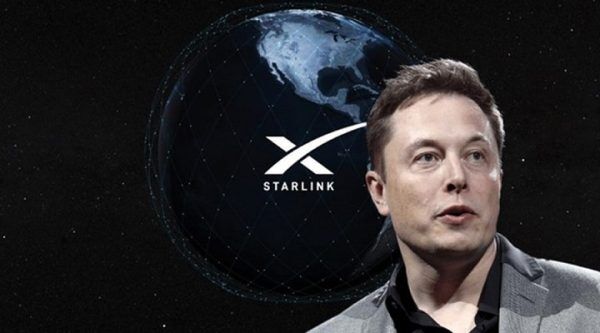Elon Musk’s aerospace company, SpaceX, has recently undertaken a significant venture by deploying six Starlink satellites equipped with direct-to-cell capabilities. This strategic move is poised to revolutionize global mobile communication infrastructure and address connectivity challenges on a planetary scale. Announcing the momentous launch via the company’s official handle, SpaceX revealed that these six Starlink satellites are specifically designed to enhance global connectivity and eradicate communication dead zones, thereby ensuring seamless communication experiences for users across diverse geographical locations.
According to SpaceX’s statement, the initial phase of service provision will focus on text messaging. However, plans are already in motion to expand the spectrum of services to include voice, data, and Internet of Things (IoT) functionalities, with the anticipated rollout scheduled for the next year. What sets Starlink apart is its commitment to ensuring a smooth transition for users, as existing 4G-enabled devices are expected to be fully compatible with the new satellite-based communication service, spaceX.
Elon Musk, the visionary behind SpaceX, provided additional insights into the project, emphasizing that this development would enable mobile phone connectivity anywhere on Earth. However, he made a point to clarify that the satellite service is not positioned as a direct competitor to traditional terrestrial mobile networks. Musk stated, “Note that this only supports 7Mb per beam and the beams are very big, so while this is a great solution for locations with no cellular connectivity, it is not meaningfully competitive with existing terrestrial cellular networks.”
The technology behind these satellites enables Direct to Cell capabilities, promising ubiquitous access to texting, calling, and browsing from any location, whether it be on land, lakes, or coastal waters. Starlink aims to facilitate this without necessitating any alterations to the hardware, firmware, or the adoption of special apps, thereby providing a seamless experience for users. Essentially, the direct-to-cell approach eliminates the need for ground stations to facilitate connectivity, a departure from traditional non-terrestrial network coverage, spaceX.
Starlink, not limited to satellite-based communication, is already established as a leading Internet Service Provider (ISP) in Nigeria and several other African countries. Despite perceived cost implications, the service has gained traction in these regions, underlining the increasing importance of reliable internet connectivity in emerging markets.
In a related development, the MTN Group has expressed its commitment to improving digital inclusion across Africa. To achieve this ambitious goal, the telecommunications giant is exploring partnerships with low-earth orbit (LEO) satellite companies, including the likes of OneWeb and Elon Musk’s Starlink. MTN’s vision extends to providing broadband coverage to 95% of the population across its multimarket footprint by 2025, a significant increase from the 88% coverage in 2022. In the long term, the company aspires to achieve “universal access” across its operations on the continent.
LEO satellite constellations, with their orbit trajectory ranging between 160km and 2,000km, are seen as an ideal fit for MTN’s aspirations. The shorter orbital periods of LEO satellites result in lower signal travel times and reduced latency, enhancing the overall performance of satellite-based communication services. Beyond technical capabilities, the considerable decrease in the cost of launching payloads into space further contributes to the appeal of LEO satellites.

SpaceX
Mazen Mroué, the Chief Technology and Information Officer of the MTN Group, explained that the company is focusing on two distinct yet complementary LEO-based solutions for connectivity enhancement. The first solution leverages direct-to-cellular technology to augment network access in traditionally underserved regions. Importantly, this technology is designed to be device-agnostic, ensuring compatibility with existing mobile units and requiring no special modifications. The second solution utilizes LEO satellites to provide critical fixed connectivity to enterprise customers and backhaul connectivity for MTN cellular sites, particularly in remote and rural locations where affordability and efficiency are paramount considerations.
Source: guardian.ng










